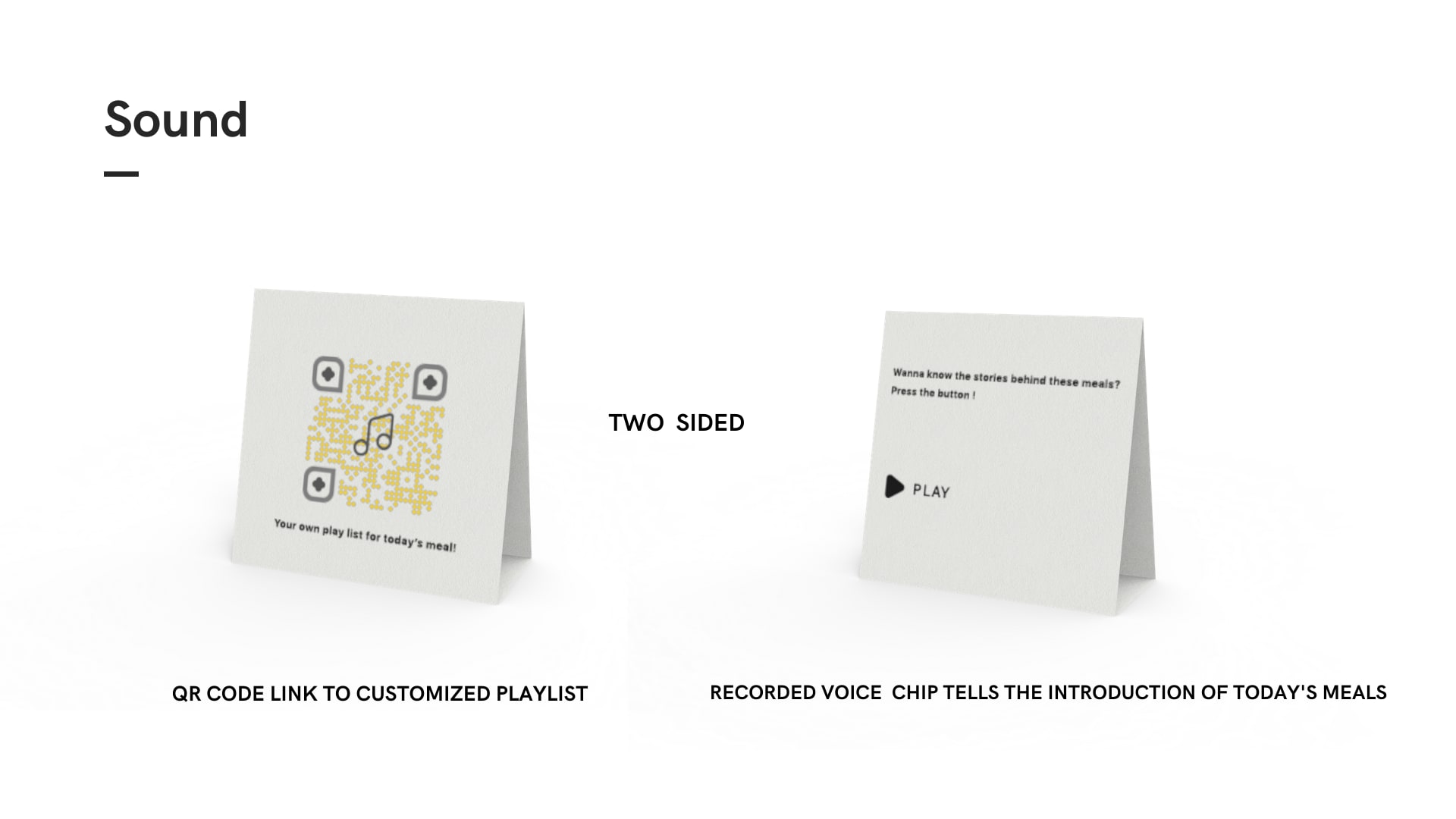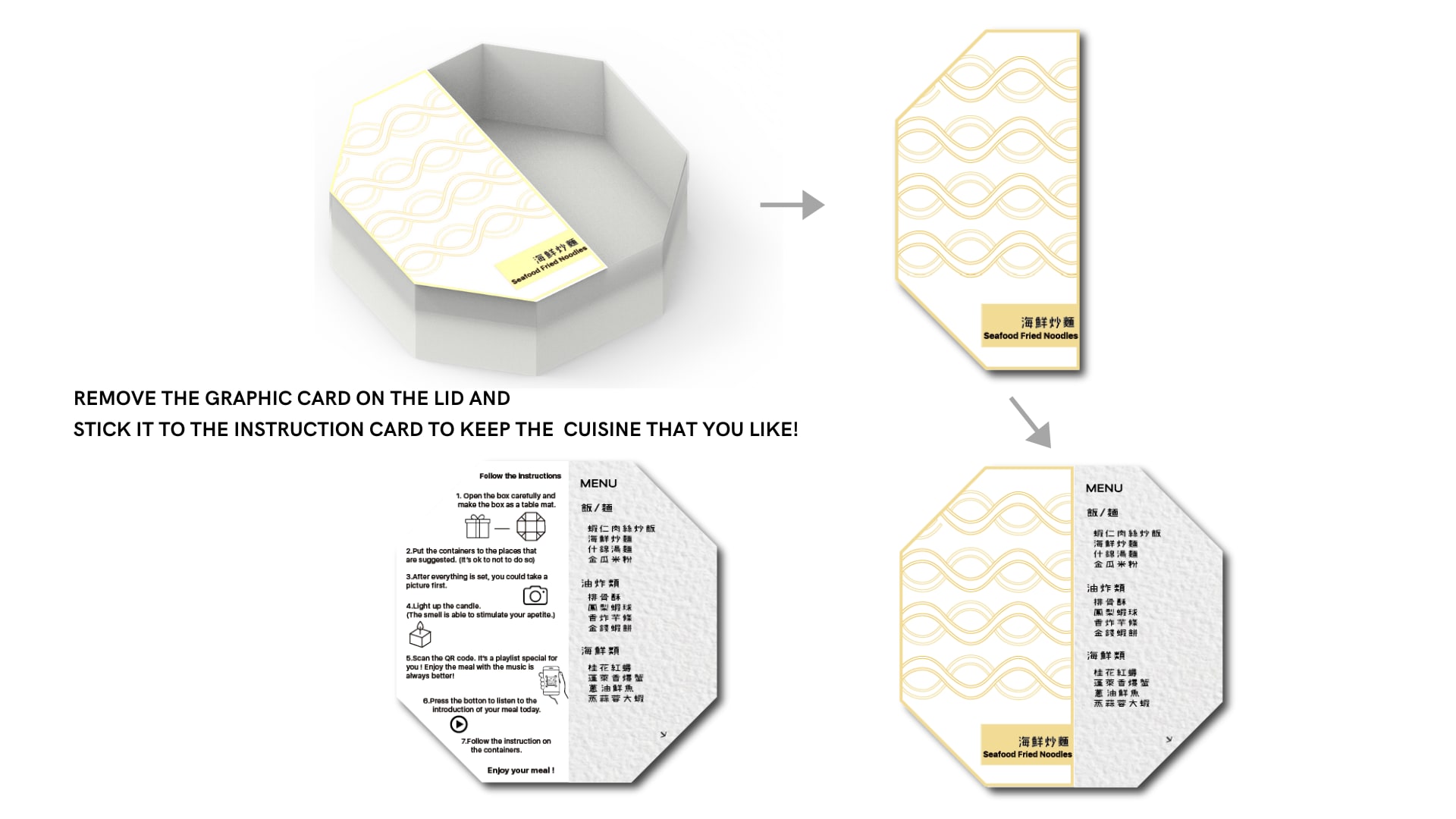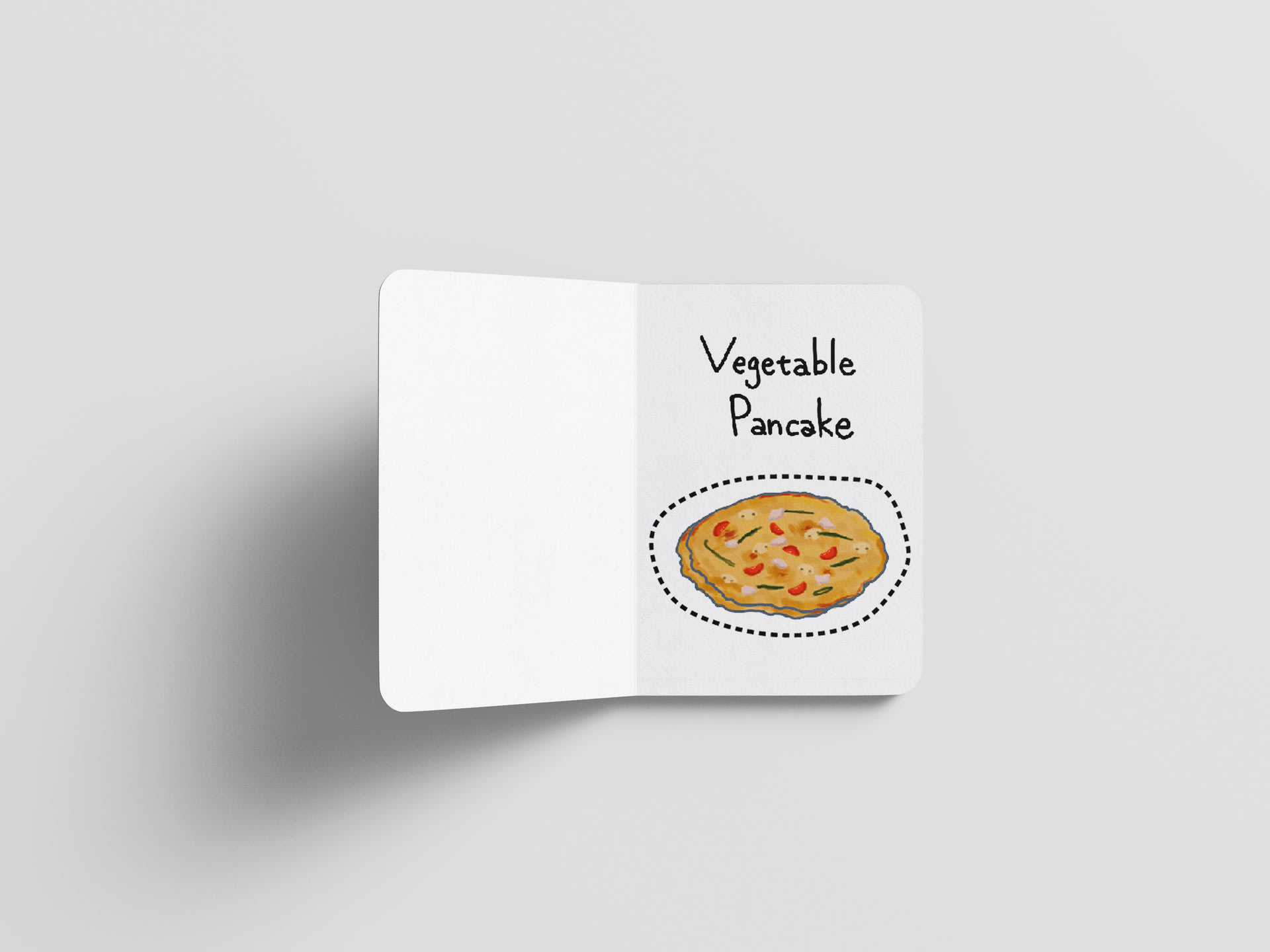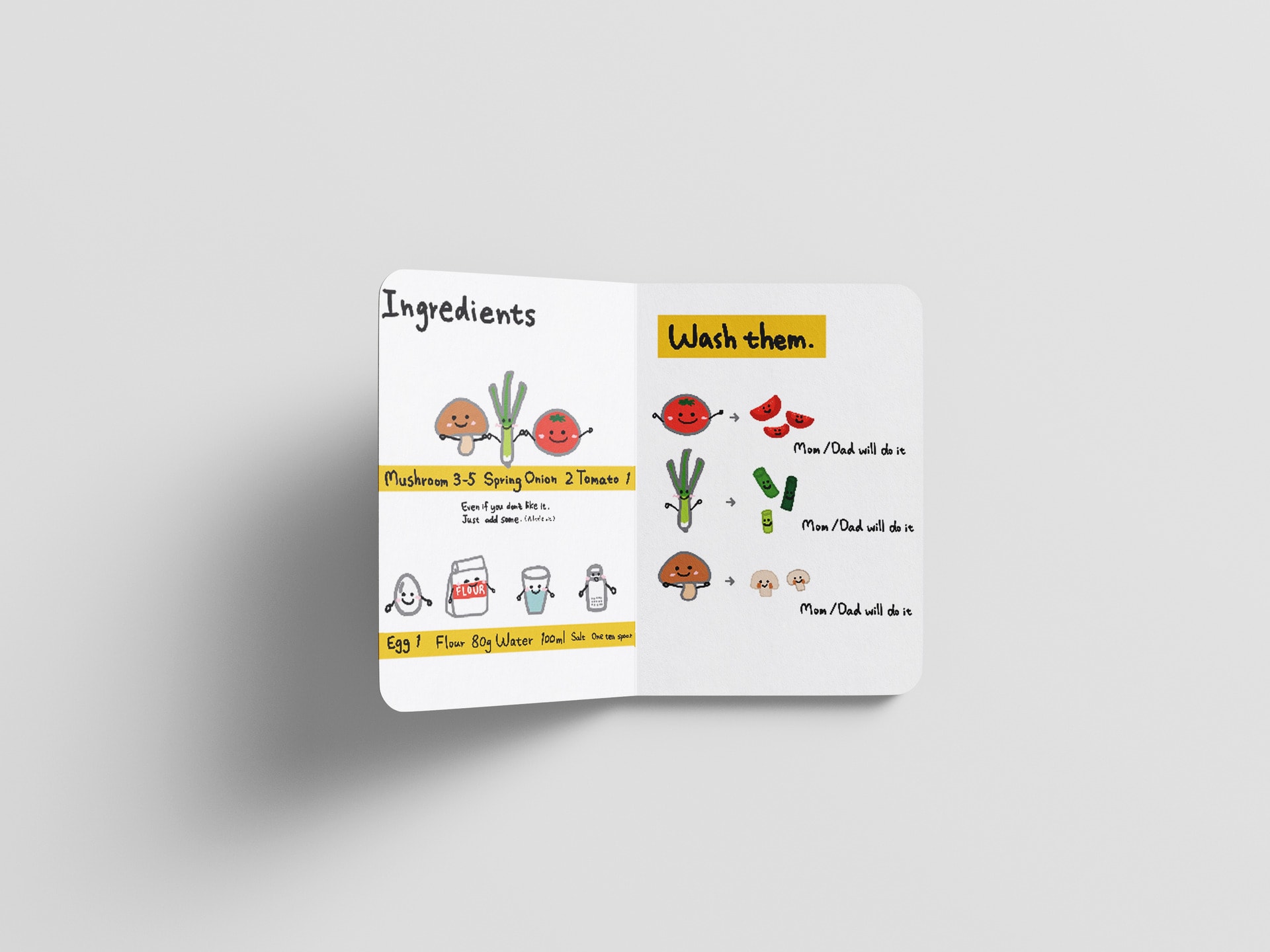“Picky eaters” has always been an annoying problem between parents and children.
For parents, they worried about their children are not able to get enough nutritients, also hard for them to prepare meals.
For children, sometimes they just cannot accept the taste of certain food, they never tried the food before or they had a bad first impression for the food.
As people standing in their own positions, conflicts might happen.
Parents get annoyed or angry about their children, they came up with different ways to make them eat.
n they used to be.
To be honest, everyone has preference for foods. There are just some texture or flavor that are not acceptable for different people.
Children should have the right to choose what they want or don’t want to eat.
They don’t need to like every kind of food, they can be picky in an appropriate way.
However, they are also changeable. It would be nice if there are some positive ways to inspire them to test the food they used to dislike or gain the interest of trying different food.
The core of my design is hoping to let the children have the wills to try and maybe discover the delicacy of food.
Children should have the right to choose what they want or don’t want to eat.
They don’t need to like every kind of food, they can be picky in an appropriate way.
However, they are also changeable. It would be nice if there are some positive ways to inspire them to test the food they used to dislike or gain the interest of trying different food.
The core of my design is hoping to let the children have the wills to try and maybe discover the delicacy of food.
I aim on the children from 3 to 6, at the age of 3, children begin to eat by themselves,
and as the age grow older, they can be taught and negotiate, also, think independently.
Nevertheless, there are still differences between 3-6,hence I divided them into two groups.
3-4 Story book with toys/rewards pack
5-6 Illustrated recipe with kitchen tool
Some of the parents force their kids to eat, punish the kids if they don’t eat, or bamboozling the kids…and some solutions that may seem to work on the surface.
Some children may obey if they are forced, some resist and reject to follow what their parents.This often cause more serious problems, if the child eat, he or she would not like the food from their bottom of their hearts. They just do it because they are afraid or they don’t want to resist. If the child doesn’t eat, he or she may grow the hatred of the food more than they used to be. To be honest, everyone has preference for foods. There are just some texture or flavor that are not acceptable for different people.
Example for age 3-4
The monthly story book set brings children into the scenario of the stories by using specific characters.
To construct situations that the characters need to be assisted by the children in order to get better or healthier in some way.
Also ,the product (or toy) come with the story book make the scenario more persuasive and interesting, keeping them motivated to get rewards and the sense of achievement.
With these, they might cultivate a good eating habit and let parents to have chances to interact with their kids with an easier way.
Example for age 5-6
The age stage of 5-6 of the children like to imitate their parents, and wanting to have their “own” things.
By using the monthly illustrated recipe and kitchen implements which are designed just for children, allows them to participating in some cooking process.
They are assessable to the food they consume everyday, this enables them to have a better understanding of how their meals are made, what does the plants/vegetables look like before they are cooked.
Almost every person, have more interest and emotions to the things created by themselves.
They take things that they spend time and hard work on more seriously.
Hence, this set might enhance the connection between children and the foods.

































